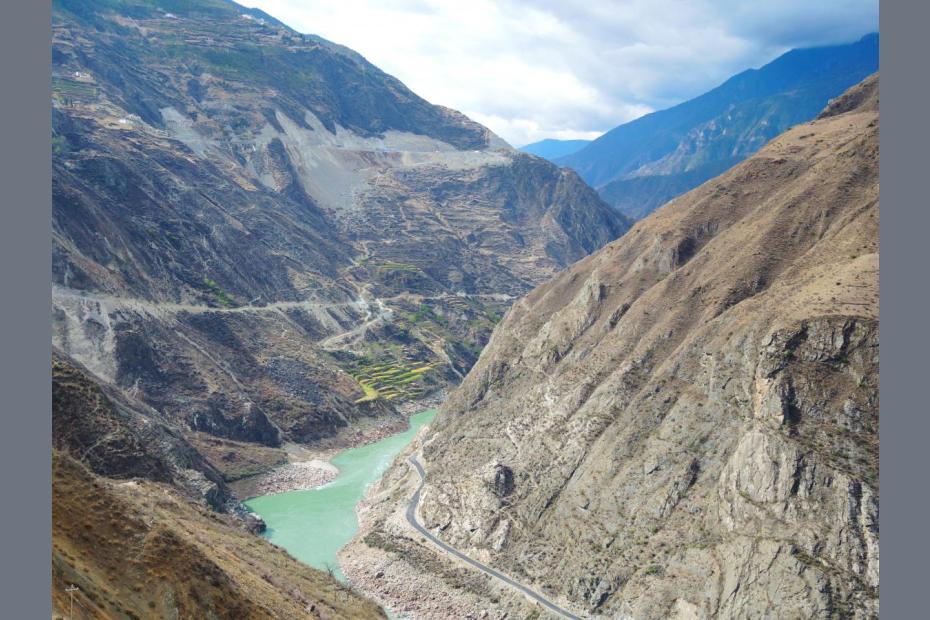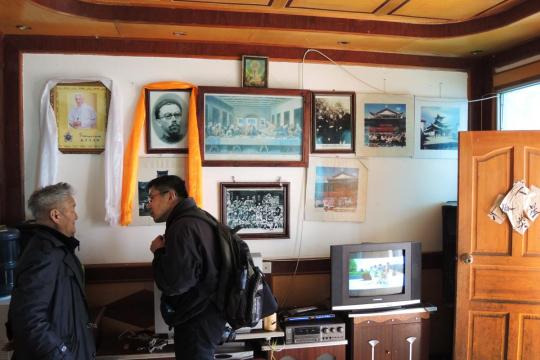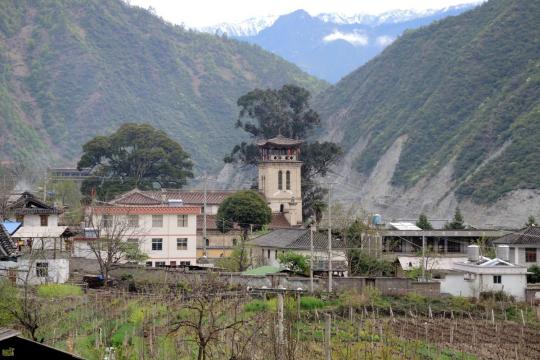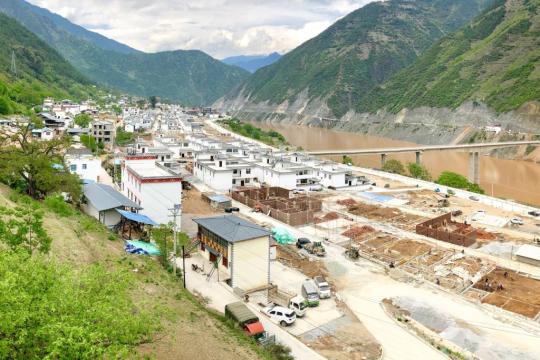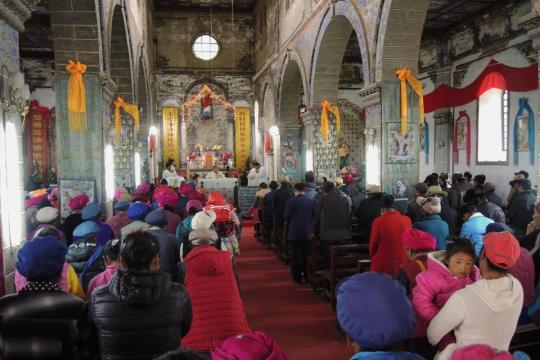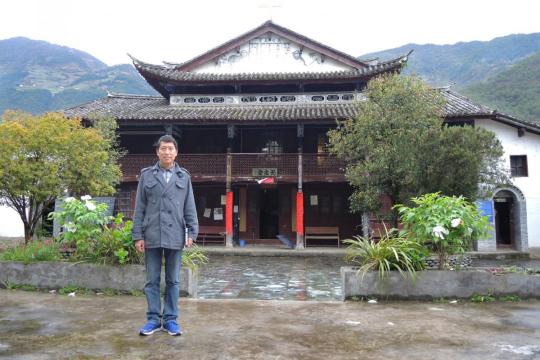In a remote corner of the world where few outsiders would ever expect to find Catholic communities, Tibetan, Naxi and Lisu1 peoples practice the faith in villages along the high altitude river valleys that are the sources of the Mekong and Yellow Rivers, close to the borders of Burma and Tibet. Villages like Cizhong (茨中), Cigu (茨古), Niuren (纽仁) and Xiaoweixi (小维西) along the Lancang River are a long way from the urbanizing, industrialized areas of China that most foreigners may think of when they imagine China, and their primary languages and cultures differ as well. Surrounded by steep mountains, some of which are snow-capped, Cizhong (pop. 400) is the largest of a chain of villages with significant Catholic populations in an area that has long been dominated religiously by Tibetan Buddhism.
These villages are legacies of an era of French Catholic rural missionary activity in the 19th and 20th centuries, though the present state of Catholicism there derives equally from the work of local Catholics to rebuild their churches and rekindle the faith after several decades of repression. Though isolated, the villages are undergoing significant change, with a major hydroelectric project underway along the river, new roads and tunnels, and many other modern influences.
- 1The Chinese government recognizes 56 ethnic minority groups, each of which possesses a distinct language and culture. These ethnic groups are afforded additional rights and protections. For further reading on faith among the minority peoples and a history of Christian missionary outreach to minority peoples, albeit informed almost exclusively by Protestant experience, see Ralph R. Covell, "Christianity and China's Minority Nationalities--Faith and Unbelief" in Stephen Uhalley, Jr. and Xiaoxin Wu, eds., China and Christianity: Burdened Past, Hopeful Future (Armonk and London: M.E. Sharpe, 2001), 271-282.
